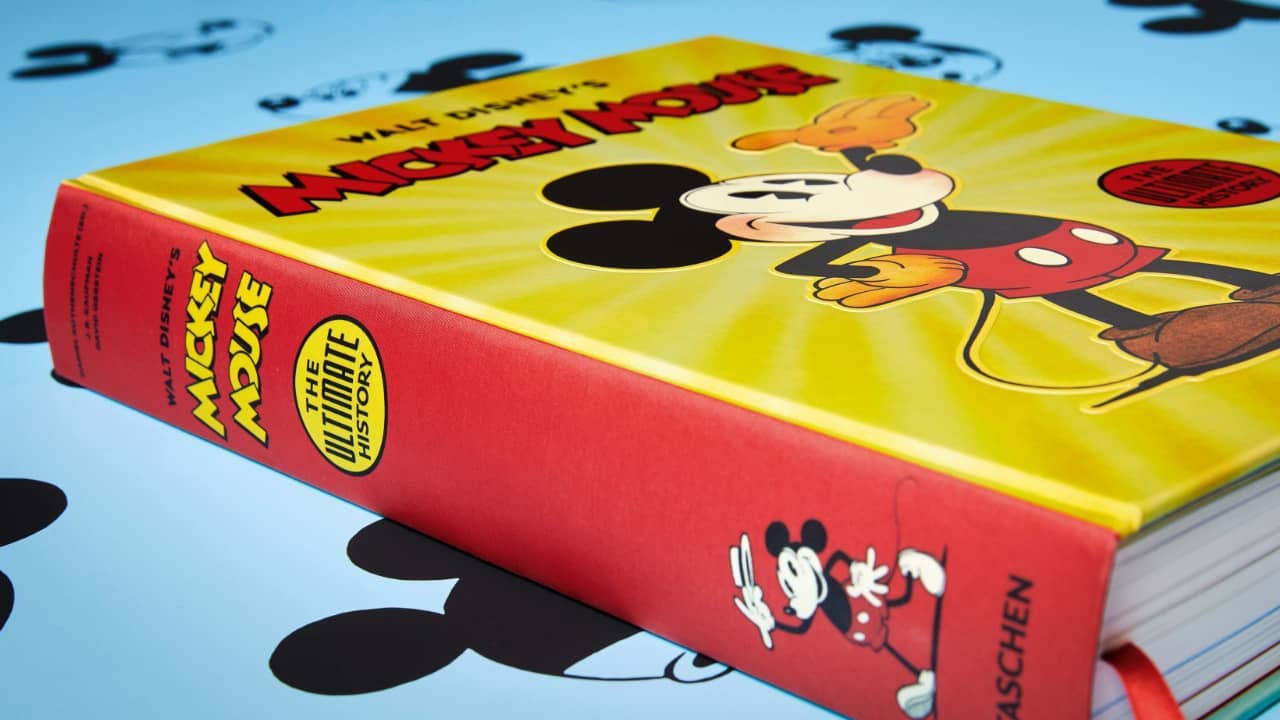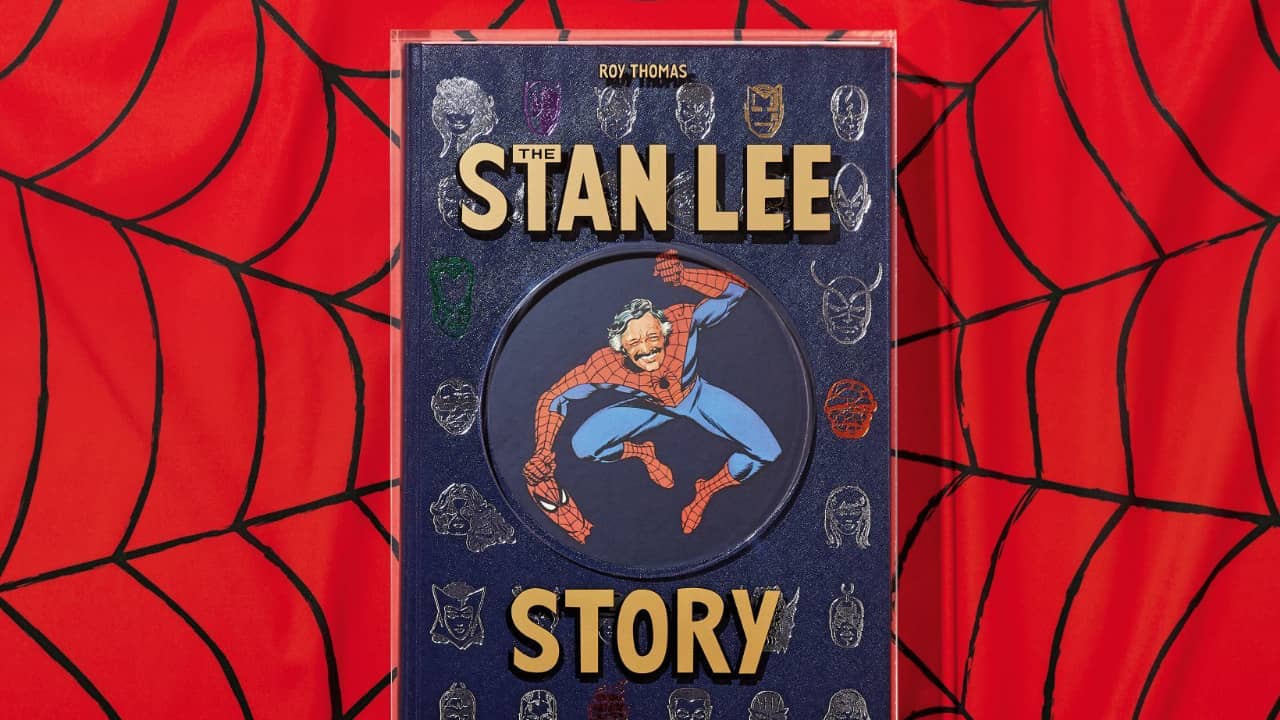We all experience days in our life that we don't forget. For me, this includes the day when my grandfather caught me reading a comic. He couldn't understand why people would spend their pocket money on what he called a “trash book”. As an educational measure, he dragged me to a bookshop and bought me all the Winnetou volumes from Karl-May. But this did not detract from my fascination for comics. I simply took better care not to get caught again, and the volumes of Winnetou went on gathering dust on the bookshelf.
Comics have long since left this kind of public trivialization behind them, after all my grandfather was not an isolated case, and are an integral part of the literary scene. They have outgrown their infancy, appealing not only to children and adolescents or a few aging nerds, but are bought, read and collected across all age groups and social strata – and even discussed in the feature pages of major daily newspapers. Something that has also become clear in bookstores. Rather than pushing comics off to the sides, bookstores now display them prominently, placing them in well-frequented areas of the shop. This is also reflected in the sales figures, which are relatively stable.
Comics Hold Their Ground...
It was 100 years ago that comics began their trail of success around the globe and they remain enormously popular today. Today, there is a large and loyal fan base for comics, manga and graphic novels. Styles range from classics with print runs in the millions to creator-owned comics that find their way to readers without a lot of public fanfare. Graphic novels have attracted new groups of readers, giving the genre an added boost.

«Mickey Mouse has become a part of everyday life like no other 20th century cartoon character.», says Daniel Kothenschulte, a curator and film and art history teacher, in his monograph, “Walt Disney’s Mickey Mouse", which was published by
Taschen Verlag. Although the character first appeared in animated cartoons, generations of people have become familiar with him through magazines and paperbacks, and despite the rise of digital media, Mickey Mouse enjoys a sizable readership, at least in Europe. While print runs are no longer in the millions, there continues to be enormous interest in Mickey Mouse titles in Germany. Publisher
Egmont notes this as a considerable success in a declining print market.
...Around the World
Comic culture has been held in high esteem for many years in both Belgium and France. No other country has as many well-known comic artists and authors as Belgium. The country has a sizable number of publishing companies and there are even colleges where students can enroll in a degree program to study comics. Japan is well-known for its manga, which accounts for nearly 40 percent of all books published. By comparison, this figure is just 2 to 3 percent in Germany. In some cases, the entire print run of individual manga series has exceeded the billion-copy mark, making Japan the largest comic market in the world. Because of their popularity manga comics have even been used as user manuals.

Comics in Book Format
Graphic novels have also contributed to the stability of the comic market. The term refers to various types of comics in book format. The drawing styles range from experimental to traditional comic formats. Art Spiegelman’s “Maus” is still considered one of the best graphic novels and even won a Pulitzer Prize.
While in the English-speaking world the graphic novel is understood to be an art comic in book format, in German-speaking countries, the term is used more to distinguish the quality of the comic and to convey to the reader the sense that the publication is a more sophisticated work. Johann Ulrich of Avant Verlag said in an interview with “Buchreport” that graphic novels are upscale luxury products for bibliophiles that must increasingly be measured against literature in the traditional sense.
Mickey Mouse has become a part of everyday life like no other 20th century cartoon character.
says Daniel Kothenschulte from Taschen Verlag.
Self-Publishing and Digital Comics
Released from the grip of large publishers, authors and illustrators are now banding together to create their own comics. This has resulted in high-quality and original titles that stand out for their creativity. The increase in the number of comic titles has been driven by the potential of self-publishing, which has drastically reduced the barriers to entry. It is little wonder that Amazon created an app –
Kindle Comic Creator – five years ago for comic artists and authors that allows them to publish and sell their own printed comics directly to comic fans. There are, of course, also digital comics and graphic novels. For example, on the cloud-based sales platform
comiXology.com, which Amazon uses to sell more than 100,000 comics.
Your
Knud Wassermann
Editor-in-Chief of Graphische Revue